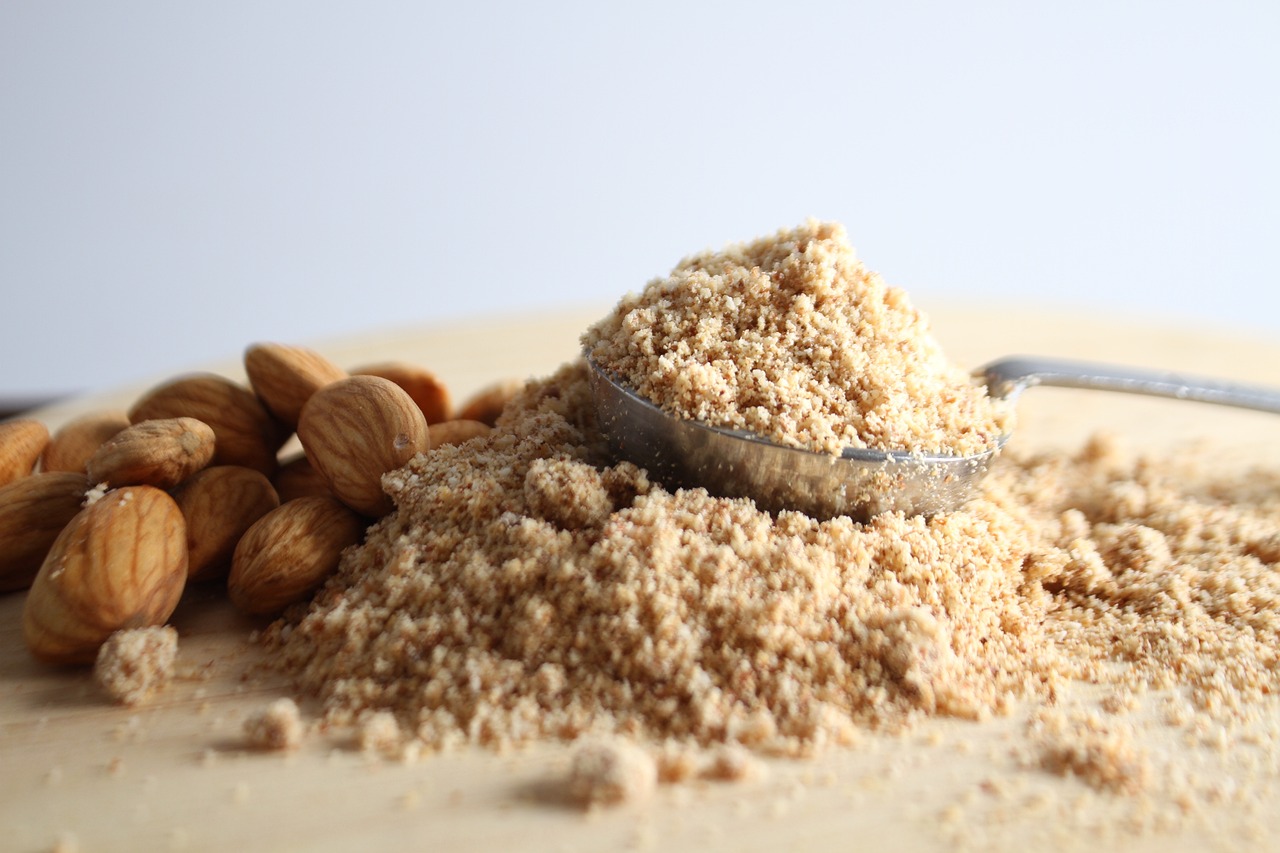Almond flour has become increasingly popular in recent years as a substitute for wheat flour in baking and cooking. It is made by grinding blanched almonds into a fine powder, and it is a great choice for those who are gluten-free or looking for a low-carb alternative to traditional flour. In this article, we will guide you through the process of making almond flour at home, as well as offer advice on its shelf life, storage, and various uses.
How to Make Almond Flour at Home
Making almond flour at home is quite simple, and it only requires one ingredient – blanched almonds. You can purchase these from your local grocery store or online. Here are the steps to follow:
1. Preheat your oven to 350 degrees Fahrenheit.
2. Spread one cup of blanched almonds evenly on a baking tray and place it in the oven.
3. Roast the almonds for 10-12 minutes, stirring occasionally, until they turn golden brown.
4. Let the almonds cool down for a few minutes before transferring them to a food processor or blender.
5. Pulse the almonds in short bursts until they turn into a fine powder, making sure not to over-process them.
6. Sift the almond flour through a fine-mesh sieve to remove any large pieces.
7. Store the almond flour in an airtight container at room temperature or in the refrigerator (more on storage below).
Shelf Life of Almond Flour
Almond flour can last for up to six months if stored properly. This is because almonds contain oils that can become rancid if exposed to air, heat, or moisture. To extend the shelf life of your almond flour, keep it in an airtight container in a cool, dry place, away from direct sunlight. You may also store it in the refrigerator or freezer, which can help slow down the oxidation process.
Using Almond Flour in Baking and Cooking
Almond flour is a versatile ingredient that can be used in a variety of recipes, from sweet to savory. Here are some popular uses for almond flour:
1. Baking: Almond flour is a great substitute for wheat flour in baking. It’s high in protein, low in carbs, and adds a nutty flavor to your baked goods. You can use it in cakes, cookies, muffins, bread, and more.
2. Coating: Almond flour makes a great coating for meat, poultry, or fish. It adds a crispy texture and a nutty flavor to your dishes.
3. Thickening: Almond flour can be used as a thickener in sauces, gravies, and soups. It adds a creamy texture without the need for flour or cornstarch.
4. Smoothies: Almond flour can be added to smoothies for an extra boost of protein and fiber.
As with any new ingredient, it’s best to experiment with small amounts first to see how it affects the texture and flavor of your recipe.
Making almond flour at home is easy and cost-effective, and it can offer a variety of benefits in the kitchen. By following our tips on shelf life and storage, you can ensure your almond flour lasts for months. And by experimenting with different recipes and uses, you can add a new dimension to your cooking and baking. Start incorporating almond flour into your pantry today, and enjoy its many benefits!
The Author:
Pioneerthinking.com – Ingredients for a Simple Life.
Photo. Jennyleenaguirre
